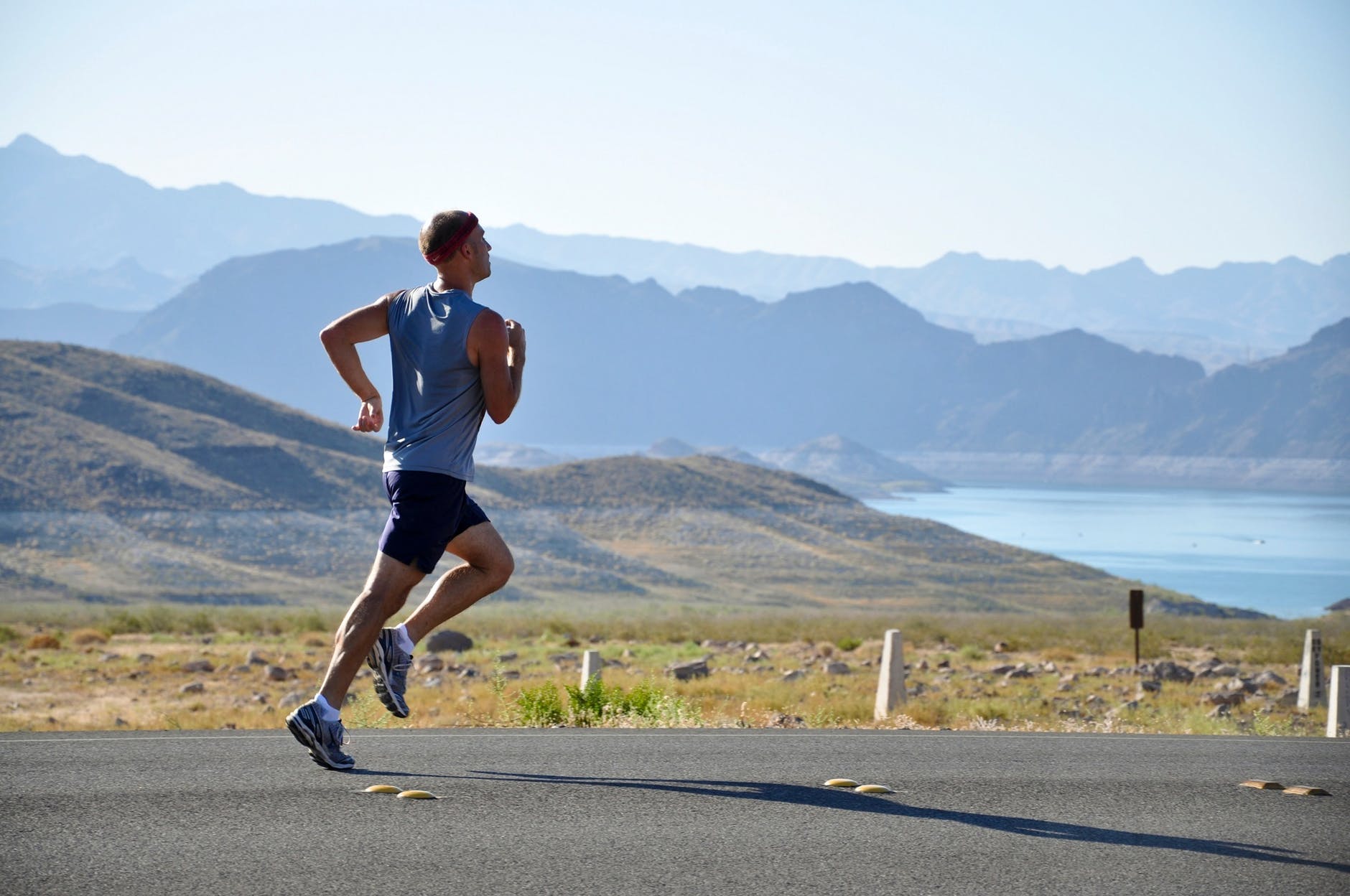Running is a fantastic way to lose weight, get fit and give your mental health a boost. It’s a well-known fact that running releases nature’s happy hormones (endorphins) in copious amounts, which is why we feel invigorated at the end of a tough run, even though our legs are dying. But, what newbie runners don’t always realize is that wearing the wrong running shoes can be disastrous. Before buying all your sports apparel, checkout Buy Side Sports for reviews of the best sports gear around so that you can make a more informed decision when it comes to your purchase.
Running in Old Shoes
Over time, running shoes lose their cushioning. The more miles you run, the less effective the shoes are at cushioning every step you take. If you run on soft ground, for example, trails or grass tracks, this is less important, but if you run on hard surfaces, you need all the cushioning you can get.
On average, running shoes need replacing every 450-500 miles so when you’re hitting that mark, it’s time to start looking on websites like https://www.barbieinablender.org/vessi-vs-allbirds/ to learn about which new shoes to buy. If you keep running in your old shoes, this could damage your feet and leg muscles – so don’t do it! Lower quality shoes may need replacing sooner, so it is worth monitoring how many miles you have run. To do this, track your runs on an app such as myfitnesspal or mapmyrun. You also might be interested in finding out more about the different shoes that are out there for purchase, can do this, for example, by checking out your local sports shoe store or visiting somewhere like Vessi Footwear for information.
For instance if you were training for basketball you would want a basketball shoe that is comfortable and durable at the same time.
Correcting Your Gait
Most runners pronate to some degree. This means their foot rolls to one side each time they take a step. Good quality running shoes correct this by providing extra support. If you select the right running shoes, your gait should end up neutral.
Why is this important, you ask? Well, if you continue running in the wrong shoes, you will almost certainly end up sitting on the injury bench. A poor running action usually leads to extra stress being placed on other parts of the body. Your feet don’t work in isolation. They are connected to your ankles, knees, hips, and so on. So, if one of your feet rolls inwards every time it touches the ground, it has a significant knock-on effect, which is amplified the more miles you run.
The best way to ensure you buy the right shoes for your gait is to have your gait analyzed. Many sports stores now offer computer gait analysis. How it works is simple. You run on a treadmill and a camera monitors your gait for a few minutes. You don’t need to worry if you are new to running or you are carrying an injury. The computer only needs a few minutes to get the results it needs. Once it has this data, it will calculate how much you pronate, which allows the shop assistant to suggest some running shoes that will correct your gait.
Read Reviews
Not all running shoes are created equal. Big brands love to make us believe their products are amazing, but it is a good idea to read some product reviews before you consider buying a new pair of running shoes. Check out sites like reviewYT.com or spend a couple of hours browsing through brands on Amazon.
Lastly, spend as much as you can afford. Cheap running shoes are rarely a good investment. Big brands pour millions into developing running shoes that boost performance and protect against injuries. It is in your interest to invest in a top-quality pair of shoes, or your knees and ankles could pay the price.




